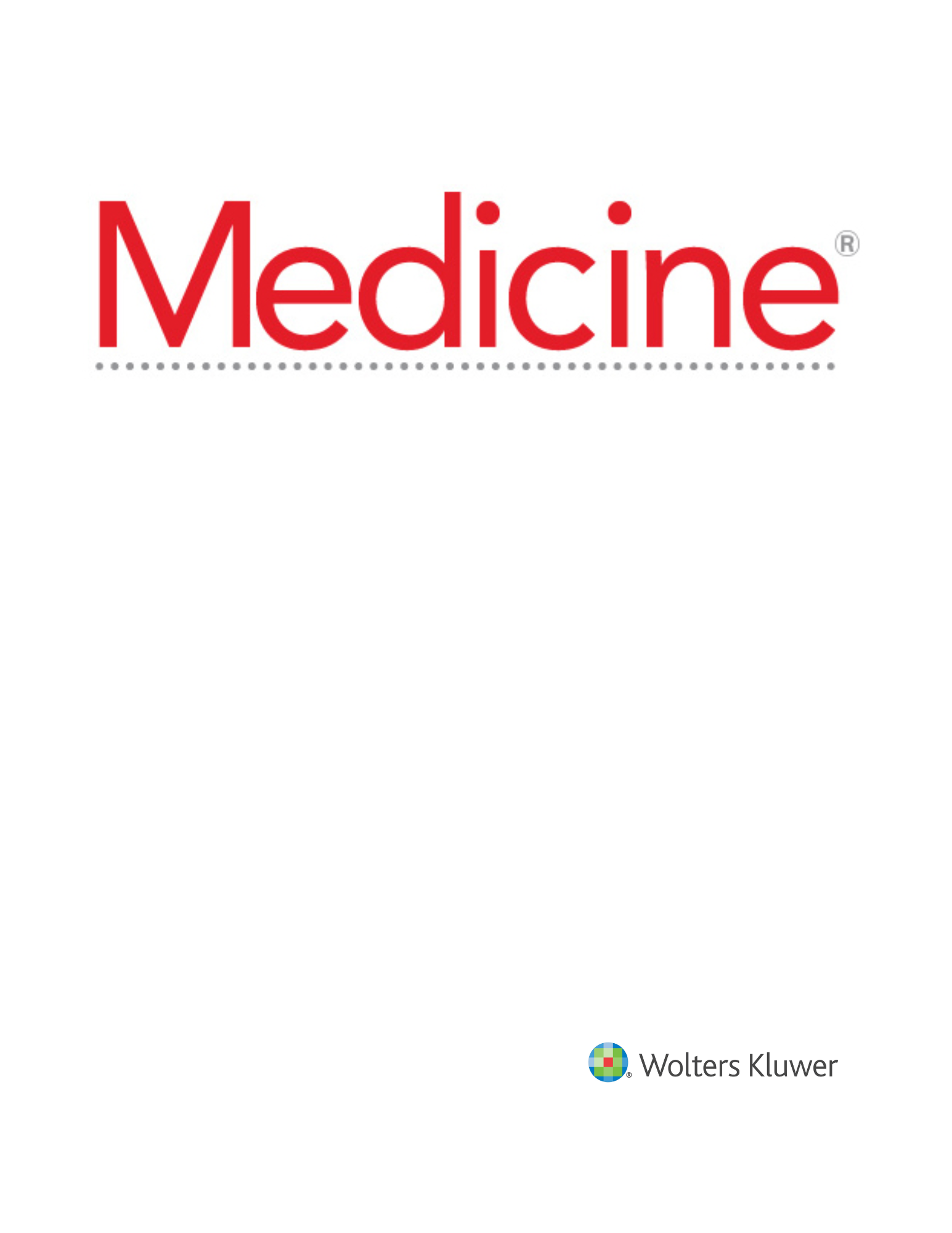
Dry needling and spinal manipulative therapy vs spinal manipulative therapy alone for low back pain

Dry needling and spinal manipulative therapy vs spinal manipulative therapy alone for low back pain
Comparison of the effects of dry needling and spinal manipulative therapy versus spinal manipulative therapy alone on functional disability and endurance in patients with nonspecific chronic low back pain: An experimental study.
Medicine (Baltimore). 2024 01-Sep;():. 10.1097/MD.0000000000039734Did you know you're eligible to earn 0.5 CME credits for reading this report? Click Here
Synopsis
One hundred fourteen patients with chronic nonspecific low back pain were randomized to receive either dry needling combined with spinal manipulative therapy (n=57) or spinal manipulative therapy alone (n=57). The primary outcome of interest was functional disability, measured by the Roland–Morris Disability Questionnaire. Secondary outcomes included lumbar muscle endurance, assessed using the Sor...
To view the full content, login to your account,
or start your 30-day FREE Trial today.
FREE TRIAL
LOGIN
Forgot Password?
Explore some of our unlocked ACE Reports below!

Learn about our AI Driven
High Impact Search Feature
Our AI driven High Impact metric calculates the impact an article will have by considering both the publishing journal and the content of the article itself. Built using the latest advances in natural language processing, OE High Impact predicts an article’s future number of citations better than impact factor alone.
Continue



 LOGIN
LOGIN

Join the Conversation
Please Login or Join to leave comments.